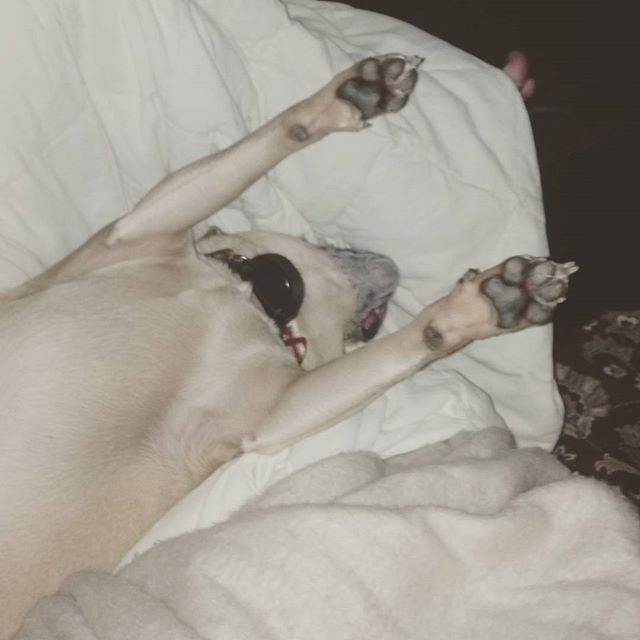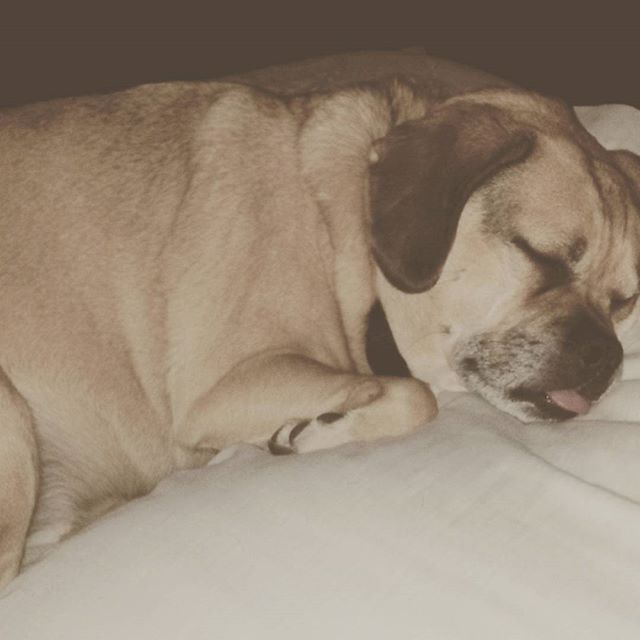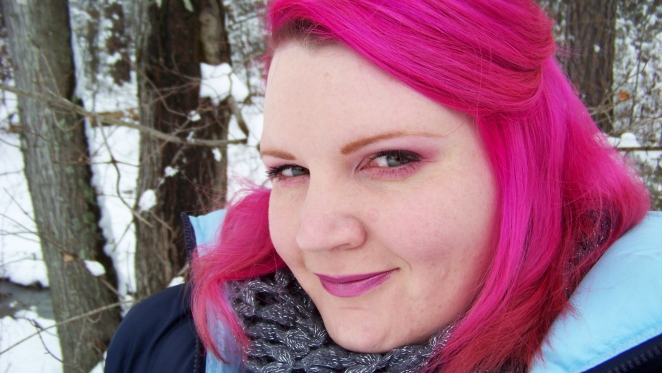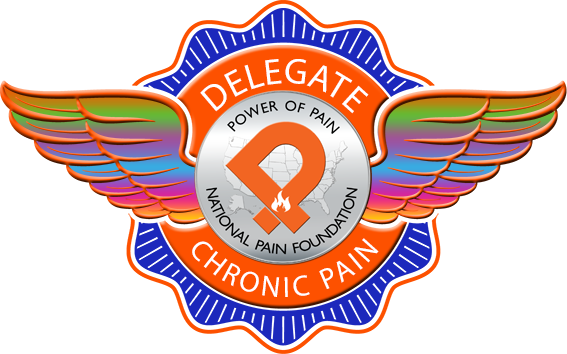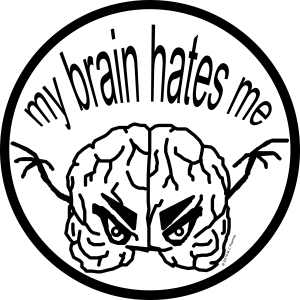I’m an adult female in my thirties and I like sex. There, I said it. I’m a woman who likes sex. But there’s a problem with my sex life… and it’s a whopper. I have a chronic and painful neurological condition.
When I crawl into bed with my partner, I bring my pain with me. And it’s not the fun, kinky sort of pain. It’s the nauseating, ice-pack-clinging, opioid-needing kind of pain that takes over my entire body and makes everything from bathing to driving difficult. So you can imagine how trying to relax and enjoy myself physically might be an issue.
“Chronic pain is evil incarnate and doesn’t want anyone it affects to get laid.”
Though it isn’t just the pain that causes trouble, the medications can muck things up as well. Most of my medications affect sexual desire and function to some extent. Sometimes my flesh is willing but my mind just won’t get there. Other times my mind is aching for action, but my body won’t cooperate.

Between knowing that I’m in physical agony most of the time, feeling my frustration with my own sexual dysfunction, and experiencing many of the unpleasant and disgusting side effects of my condition and medications up close- my partner has it tough as well. Recently, he admitted that hearing me vomit so frequently really affected the mood. While not my fault, and not something that affects his ability to see me as a sexual or desirous creature, it’s still not sexy to hear someone puke all of the time.
Chronic pain negatively affects physical affection in my relationship. That wouldn’t be so terrible if chronic pain didn’t also cause things like depression and anxiety and loneliness. As someone who lives with chronic pain, depressive thoughts are often overwhelming, and sometimes the simplest act of affection can calm me. Yet the one thing that I need, human contact, is the one thing that my chronic pain has pushed away.
Most of the day I am in the fetal position, listening to something, doing the small things I can accomplish here and there. Things like date nights are often tense, rescheduled, or we just give up and stay home. A lack of sexual or affectionate contact in a relationship can lead to an expectation of sexual or affectionate contact in a relationship. Those expectations cause pressures on all partners, which lead to stress, which lead to further issues in the bedroom.
Chronic pain is evil incarnate and doesn’t want anyone it affects to get laid.
Dating with chronic pain can be difficult as well. Imagine having to disclose personal health information to someone you hardly know simply because you might have to reschedule or cancel. Sure, you could not tell them. But then you seem like a flakey jerk who is wasting their dating time. The right thing to do is to be up front with people about your capabilities and your schedule. But what if it’s a first date? How do you ever get to the second date?
Marriages end because of chronic illnesses. With that kind of weight bearing down on me all of the time it’s impossible to feel sexy or impulsive. There is no levity in my relationship. My pain is my ball and chain, not my partner.
How do we get that spark back when I put more value on wearing makeup and taking pain medication to look human for social events than I do on doing the same for my partner. How do I feel sexy when I’ve resigned myself to never having sex again because it hurts less emotionally than hoping that sex will happen? How is someone supposed to want me when I’m curled up with an ice pack and a heating pad and I haven’t canged my pajamas in two days?
For better or for worse, in sickness and in health is kind of bullshit. Yes, we stick around, but it doesn’t mean we’re still attracted to the people who are wasting away physically or emotionally in front of our eyes. It doesn’t mean that we can think of them as anything other than fragile and broken. It doesn’t mean we aren’t just too damned sad to even think about sex.
I honestly did set out to write a helpful blog filled with relationship tips for maintaining your sex life while living with chronic pain, but it wouldn’t be honest. I’m not maintaining a sex life while living with chronic pain. I’m mourning a sex life while living with chronic pain. I’ve done the research and a lot of it is standard advice about communication and date nights and making time for your partners. It’s all about keeping things special between you. I can’t tell you how to do that because I don’t know how to do that. I don’t know what any of that is like.
It is important to try to maintain as much of your self as you can when you live with a chronic illness, and it is also important to know when to let some things go. Perhaps this is simply something I need to let go.
Image courtesy of marin at FreeDigitalPhotos.net


